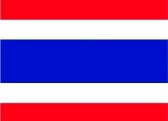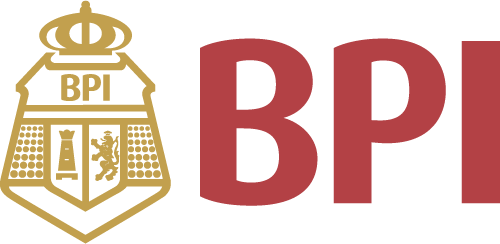All Categories
The Book of the Dead Saite through Ptolemaic Periods: A Study of Traditions Evident in Versions of Texts and Vignettes Volume 8 (BD Spells 129-143): BD Spells 129-143 (SPBDStudies)
Share Tweet
*Price and Stocks may change without prior notice
*Packaging of actual item may differ from photo shown
- Electrical items MAY be 110 volts.
- 7 Day Return Policy
- All products are genuine and original








About The Book Of The Dead Saite Through Ptolemaic
While the texts and illustrations for spells covered in all previous volumes of the SPBDStudies Series are of interest for both content as well as for differences between the different versions, those for BD 129 to 142 are of even greater interest, where one can observe insights into a variety of issues that were important to the master scribes responsible for the different traditions that were used during the Saite through Ptolemaic Periods. For example, the sequence of spells from BD 1 to 165 reflects a clever arrangement as they transitioned from one set of spells sharing common themes to the next set of spells. Indeed for the range presented herein, several different sequential arrangements can be observed, based on traditions, and these are discussed in depth in the Excursus on the Sequence for BD 136 to BD 140. Sequence is also an important component to the textless illustration identified by Richard Lepsius as BD 143, where the sequential location of that illustration in Theban Ptolemaic documents was not its original location, and where the illustration was revised to reflect different purposes. The background of this illustration and the different purposes it served are discussed in depth in the Excursus on the Illustration Known as BD 143. BD 129 and BD 139 represent the last of the so-called “repeated” spells, where one typically finds scholarship specifying that BD 100 and BD 129 are one and the same, and this is also true for BD 123 and BD 139. Equality has not been true for any of the previous repeated spells and it is not true for BD 100 and BD 129, nor for BD 123 and BD 139. Since BD 129 and 139 represent the last of these repeated spells, the entire topic of the repeated spells is discussed in depth in the Excursus on the “Repeated” Spells. BD 129 to BD 130 represent transitional spells whose locations served a transitional purpose to join the Osiride oriented spells (BD 125 to BD 128) to the solar represented by BD 131 to BD 136. Where the wedjat-eye is a major element in the text of BD 136, it also served as a transitional passage to BD 137, 138, and 140 in which the wedjat-eye is a significant element. BD 140, 141, and 142 share a common theme in that each includes a litany of names, where the litanies in the Theban pre-Ptolemaic and Ptolemaic versions reflect subtle differences between what the master scribes for these versions valued over the earlier Saite versions that continued to be used in Ptolemaic Memphis. Parts of BD 142 are almost geographical in nature with its seeming list of the different cult centers for Osiris, either actual or mythical, and the two versions reflect different aspects of scribal knowledge of these centers.The methods and conventions used for all volumes of the series are outlined in Volume 1, so this volume is essential for understanding the methods and conventions used in Volume 8. For the full description of this volume as well as the SPBDStudies Series, see SPBDStudies.com.


























